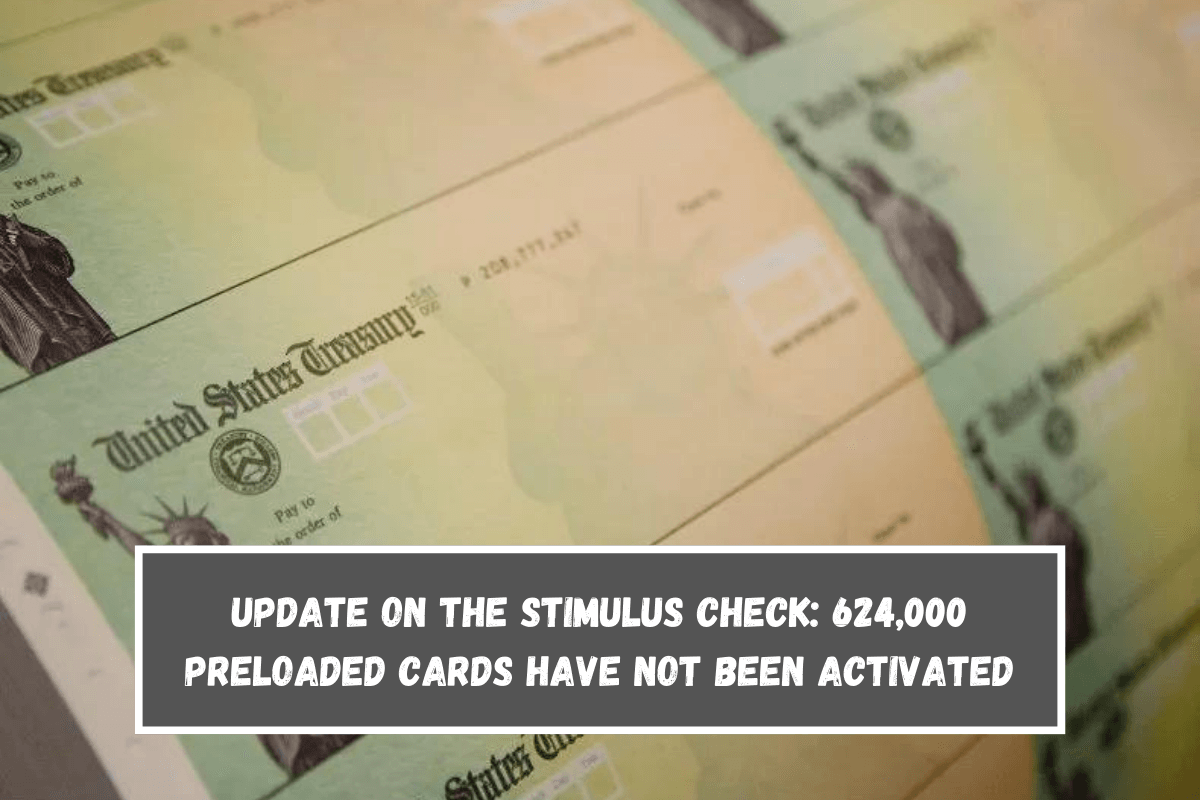An study showed that at least $125 million in cash is sitting there unused because hundreds of thousands of people have not claimed the money that was given to them.
624,000 people in California have not yet taken advantage of the payments meant to help with inflation that were given to everyone except the state’s richest people. In October 2022, the first payments were made, and in September 2023, the plan ended.
It was called the Middle Class Tax Refund (MCTR) and it was meant to help Californians deal with rising costs of living in 2022, when inflation started to rise sharply. The amount set aside for each person was different based on their situation but was usually between $200 and $1,050.
Some residents got the money deposited straight into their bank accounts, while others were sent debit cards that were already loaded with the benefits. More than 500,000 of these cards have not yet been used.
A story from Los Angeles TV station KTLA said that the Franchise Tax Board (FTB) looked into the situation and found that many Californians have not yet claimed the money they are owed.
About 7.2 million Californians got their $4 billion MCTR payments straight into their bank accounts. This meant they could use the money right away.
The money on those cards, however, added up to $5.2 billion and were sent to an extra 9.6 million people. The FTB says that so far, only 90% of these pre-loaded cards have been used, and an additional 3.5% have been turned into checks. KTLA noted that this means that about 624,000 cards have not been used, and the money on them is worth a total of $125 million.
The people who are supposed to get the money still have two years to register their cards and get their money. To do this, they need to call the FTB at 1-800-240-0223. The FTB said that they would be sent letters to warn them. Calling the same number will get you a new card if you think you haven’t gotten yours or if you want to report that it was lost or stolen.
The FTB said that more than half of the cards that claimants have already enabled or used still have money left on them. Not even 46% of the cards have a value of $0.
After the program ends on April 30, 2026, any benefits that were not used will no longer be available.
It’s not clear why more than 500,000 people haven’t collected any of the money that was sent to them. But different reasons were given in a Reddit thread about the plan over the weekend.
Some people just said they hadn’t gotten their cards yet and didn’t know about the scheme. Some people said it’s possible that people didn’t fully understand what they got in the mail.
“California did a terrible job,” said one commentator. “They sent them in these ratty cards that looked like those scam cards that people get sent all the time.”
“I know a lot of people who threw them away because they thought it was a scam,” said someone else.
Others, however, said they had the cards but never got around to triggering them. “I just forgot about it because it’s a weird credit card sitting where I store extra mail,” said one person. “If it had been a check, I would have cashed it.”
Some people said they were having trouble getting to the money.
“It’s been made impossible to gather,” one observer said. “When I called the number on the first notice I got about not cashing it, the line did not answer.”
Second notice that I hadn’t picked it up, I gave it to my grandson and told him he could have the money if he could figure out how to get around the problems they set up. 600,000 people haven’t touched their money because the government has made it impossible to do so!”
“Tried to use my card, but it was declined,” said someone else.
Newsweek emailed the FTB to find out more about why so many people haven’t been able to get to their money and to get their response to claims that the debit cards looked like “scam cards” or that the plan has been hard for some beneficiaries to use.















Leave a Reply